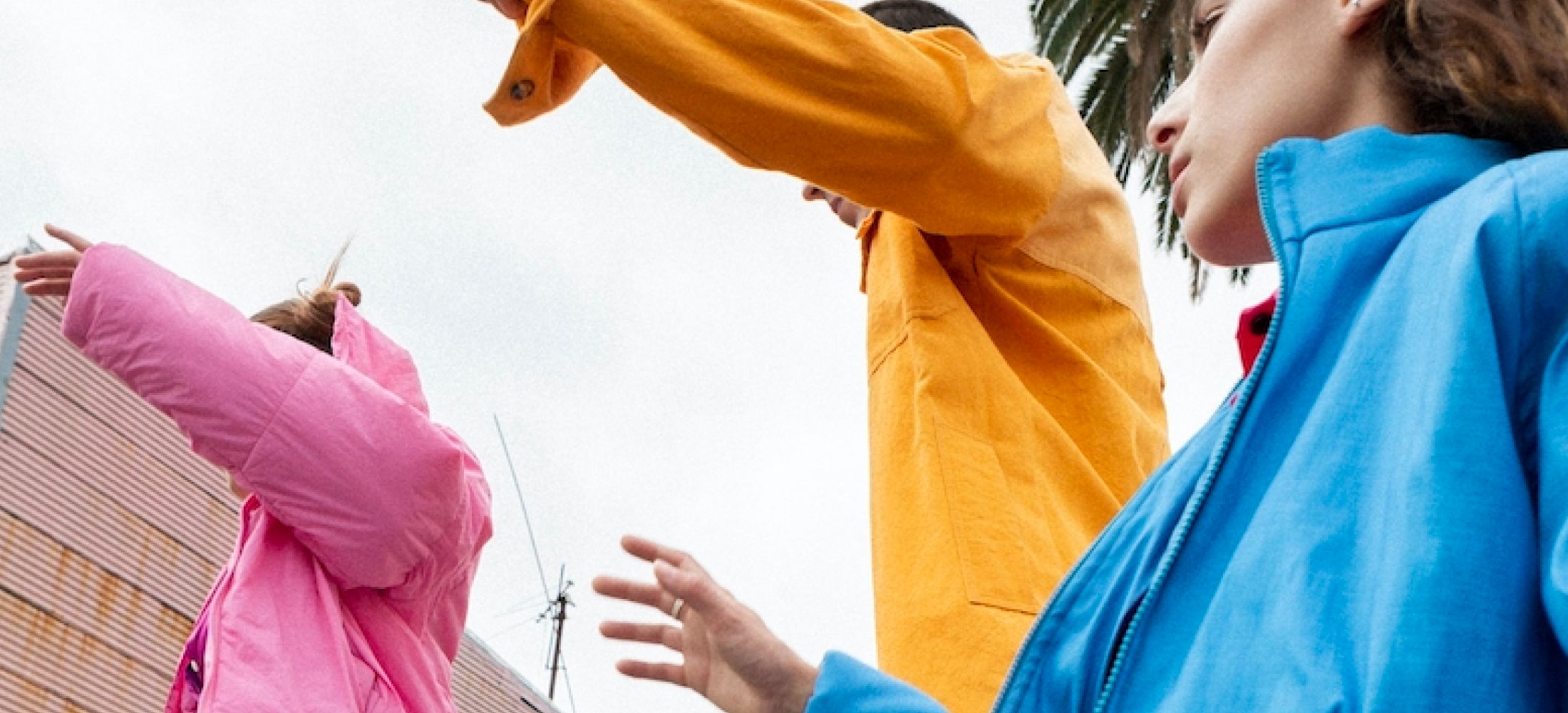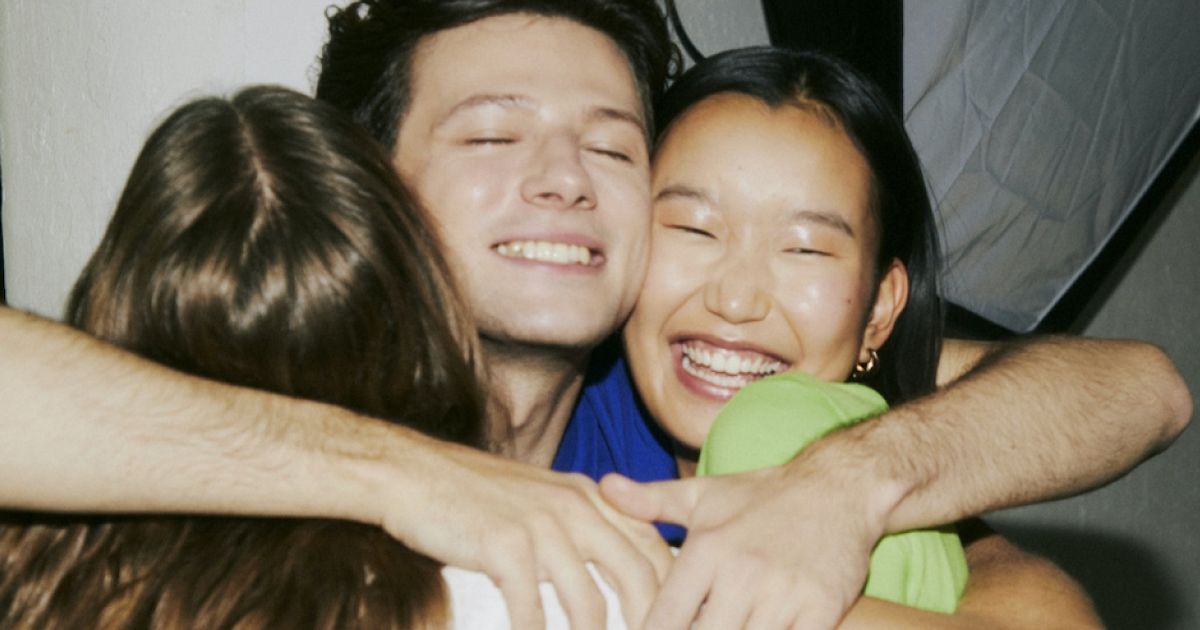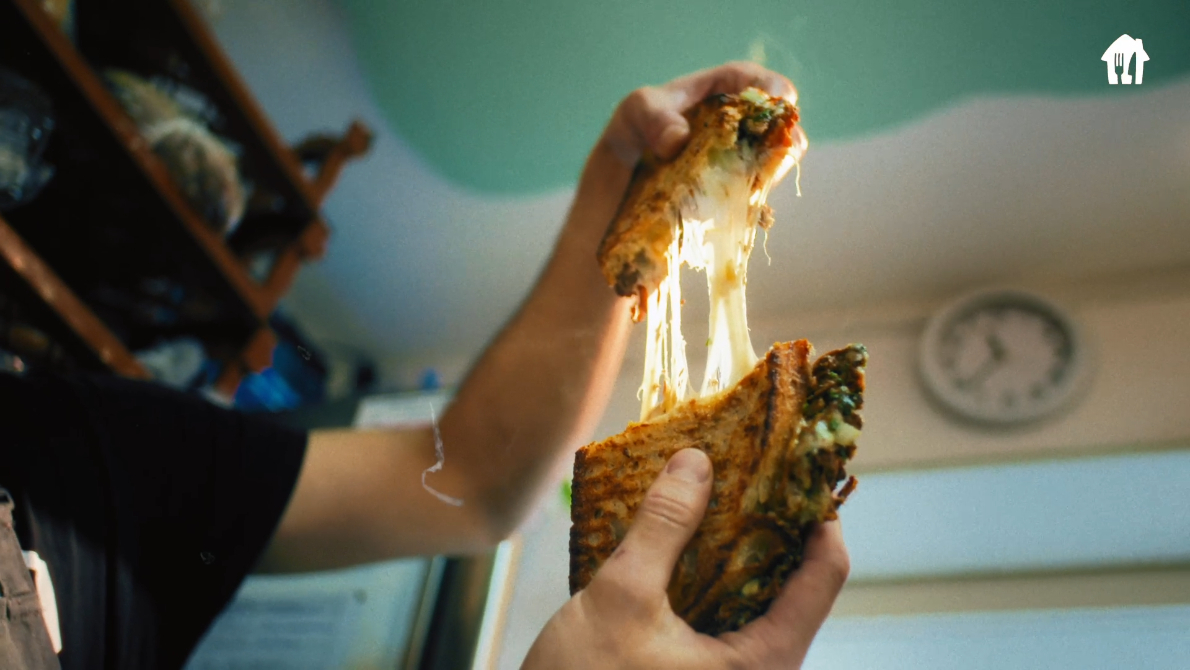Gone are the days when brands called all the shots for partnering with influential spokespeople on social media — developing word-for-word scripts, detailed art direction, or frame-by-frame storyboards.
For sponsored content to be successful, it must be deemed authentic by today’s increasingly savvy (and skeptical) consumers.
That means marketers need to be willing to relinquish some control of their messaging and creative output to influencer partners, trusting that they know how to best create content that resonates with their audience.
We call this approach to influencer marketing “co-creation.”
When it’s well executed, both brands and influencers benefit. But when visions or values aren’t aligned, the right balance of flexibility and formula isn’t struck, or brands aren’t prepared to stand behind creators and their content, the risk of a partnership may outweigh the reward for one or both parties.
So, when working with creators means the possibility of facing public backlash, how can brands manage the potential risk without stifling creativity? And if the audience reaction is negative, is an apology really the right response? We’re diving into the right way for brands to strategically approach working with creators and avoid the risk of never taking one.

Be really, really picky about your creator partners
Marketers spend hours combing through keywords, researching the latest titling techniques, and sifting through social trends. This same care should apply to identifying and evaluating potential influencer partners.
Brands should not look at just the quantitative data — audience size, channel mix, engagement rates, etc. — but the qualitative attributes of a creator as well.
Consider the types of content they put out, their voice and tone, how they interact with their audience, and how they share their values and opinions. Look into previous brand partnerships and how they were handled and received as well as any previous scandals. You’ll want to have an understanding of how they handle positive and negative reactions from the public.
Define the co-creation process early
As a brand, the level of creative freedom you offer creators is bound to fluctuate based on the campaign. Depending on the industry (entertainment, for example), sometimes it makes sense to provide your creators with more strict scripts. However, for product-focused brands, it often benefits both sides to approach concepts and creation together. By creating a flexible content creation framework, you can adapt the way you collaborate with individual creators based on the specific person and project.
Influencers should also know from the beginning of any project the parameters they’re expected to work with, the flexibility they have, and how approvals will work. You should also have an agreed upon timeline that includes regular creative check-ins and any necessary deadlines. The more back and forth and open communication you establish throughout the process, the more likely you are to avoid any surprises.
Put trust in who you work with
If you’ve done your due diligence in casting your creators and thoroughly defined the creative process, you should feel comfortable allowing influencers to take your brief and run with it. One of the biggest mistakes brands make during an influencer campaign is letting the fear of taking a risk take over, watering down a creator’s individual voice, and only approving impersonal (or, dare we say, boring) posts that lose everyone points with viewers.
Stand by the finished product
You can’t predict every reaction or piece of feedback your content will receive. But you should have a general idea of how it will be received by your audience, and in the case of virality, the public at large.
While many influencer partnerships aren’t likely to spark controversy, brands have begun to recognize the importance of showcasing their values to reach the increasingly socially conscious younger generations. In turn, we’re seeing brands partner with creators as a tool to display their values and send messages about what they stand for — a move that can either be highly effective or detrimental for everyone involved (especially the creator) if poorly executed.
In these cases, when influencer partnerships or content isn’t well received — for example, in the case of Bud Light’s partnership with Dylan Mulvaney, which sparked anger among pockets of the brand’s customer base, or the Bioré-sponsored influencer ad that referenced school shooting-related anxiety while selling skincare — oftentimes the creator receives the brunt of the backlash.
It’s critical to remember that creators are human, and can’t hide behind the sheen of a brand. Brands must be prepared to stand behind their creator partners, regardless of how their collaboration is perceived.
Partnering with creators can be a powerful way to boost brand affinity and grow your consumer base through an audience-trusted spokesperson. But to truly reap the benefits of working with a creator, brands have to know when to let the creator lead the way. It’s a balancing act, and when it’s done well, you can form a mutual trust with influencers and people who follow them.
Download the TikTok Brand Building Guide from DEPT®
Questions?
Managing Director and Partner





